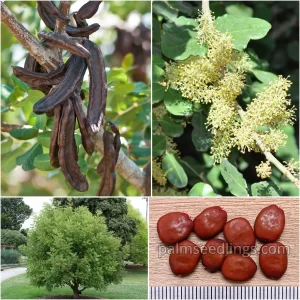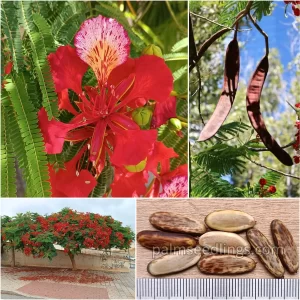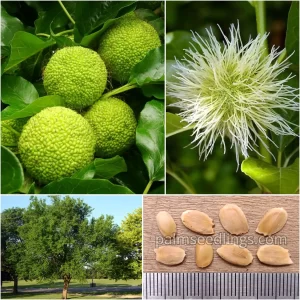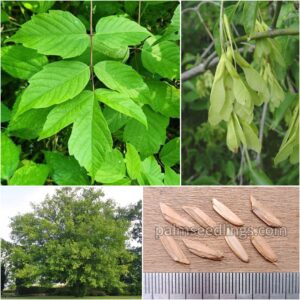Menu
4,00 € – 90,00 €
Product Details
Laurus nobilis, commonly known as Bay Laurel or Sweet Bay, is an aromatic evergreen shrub or small tree prized for its culinary and ornamental uses. Native to the Mediterranean region, this versatile plant has been cultivated for centuries for its fragrant leaves, which are a staple in cooking, as well as for its elegant appearance in gardens.
-Germination Rate: Very high
-Germination Time: Medium
-Germination Difficulty: Easy
-Growth speed: Slow/Medium
Select Quantity
*Shipping cost is calculated automatically in the cart after adding the products.
Laurus nobilis (Bay Laurel or Sweet Bay)
Habitat:
Bay Laurel thrives in warm, Mediterranean climates and is often found in rocky, well-drained soils in coastal regions. It is well-suited to sunny locations but can tolerate partial shade. In its native habitat, it grows as an understory plant in woodlands and scrublands, but it is also commonly cultivated in gardens and landscapes.
Outstanding Features:
The most outstanding feature of Bay Laurel is its aromatic, glossy green leaves, which exude a fragrant scent when crushed or bruised. The leaves are lance-shaped, leathery, and arranged alternately along the stems. Inconspicuous yellow flowers may appear in spring, followed by small, black berries.
General Appearance:
Bay Laurel typically grows as a dense, multi-stemmed shrub or small tree, reaching heights of up to 30 feet under ideal conditions. The branches are upright and densely clothed with foliage. The bark is smooth and gray-brown, adding to the plant’s overall attractiveness.
Applications:
Bay Laurel is highly valued for its culinary uses, with its leaves commonly used as a flavoring in soups, stews, sauces, and meat dishes. It is also used to flavor oils and vinegars. In addition to its culinary significance, Bay Laurel is popular as an ornamental plant in gardens and landscapes, valued for its attractive foliage and Mediterranean charm.
Adaptability:
Bay Laurel is adaptable to a variety of soil types, including sandy, loamy, and clay soils, as long as they are well-drained. It prefers full sun to partial shade and is relatively drought-tolerant once established. Bay Laurel is well-suited to Mediterranean and subtropical climates, thriving in regions with mild winters and warm summers. Its adaptability, culinary value, and ornamental appeal make it a versatile and desirable plant for both kitchen gardens and decorative landscapes.
| Weight | N/A |
|---|---|
| Quantity | 10 Seeds, 100 Seeds, 1.000 Seeds |




All rights reserved PalmseedlingsⓇ 2025.